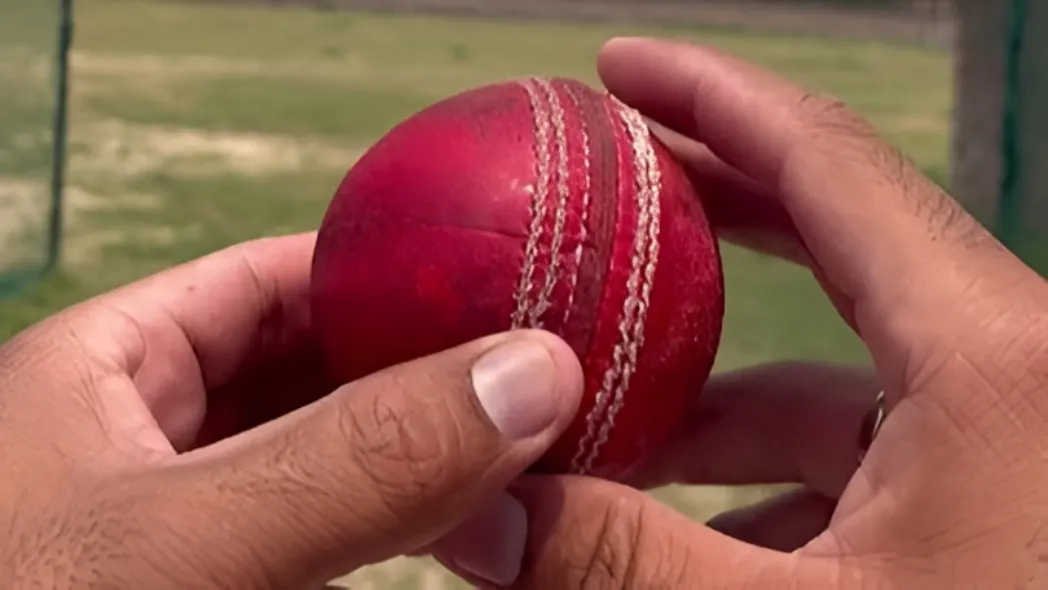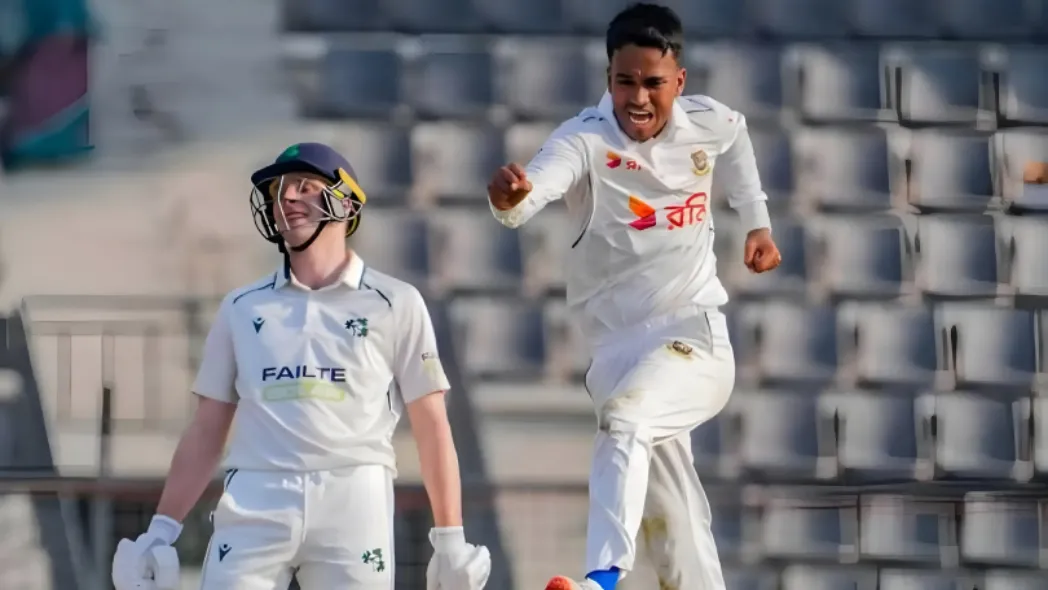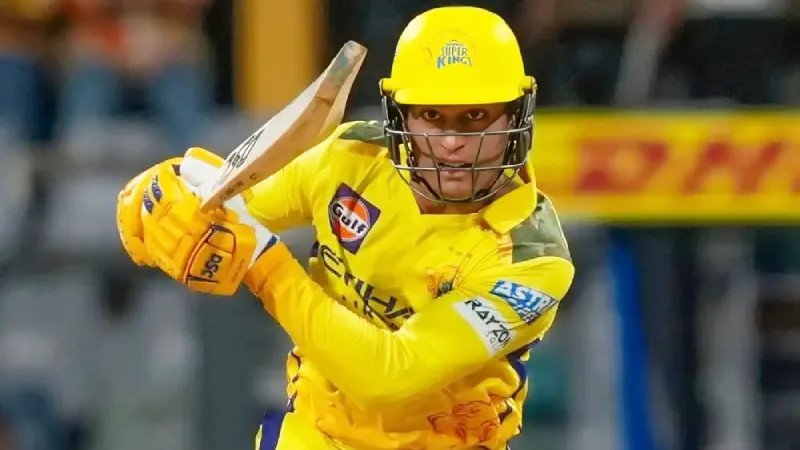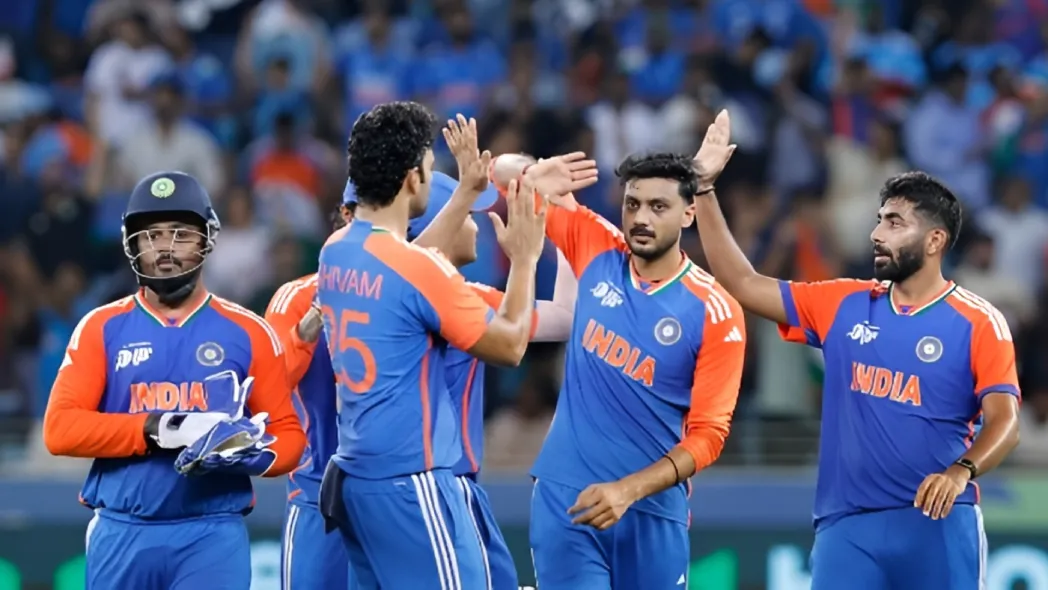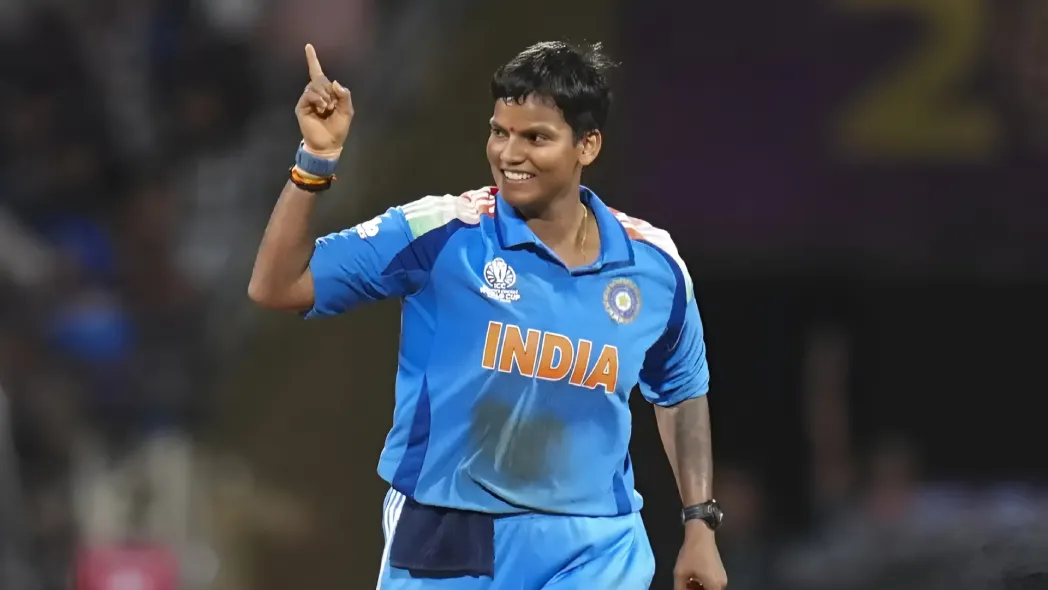Reverse swing was once so dominant it controlled an entire Test match for years; today reverse swing is an elusive legend – infrequently spotted and forever remembered as an awe-inspiring force. Any batter that survived the late ’90s and early 2000s will still shudder with fear remembering the devastating, late swinging deliveries from the likes of Wasim Akram and Waqar Younis. Reverse swing is now seen much less than before due to the use of softer balls, flat outfields, and the strict maintenance of the ball; however, the instant the older ball drops back down in on a slow day in the middle session, all order can be restored immediately.
Subtle shifts that make scoring disappear
A defining feature of reverse swing isn’t the movement alone, it’s how fielding captains weaponize it. India’s setup in recent Tests has been textbook: mid-on, short mid-on, mid-wicket, and square leg all tucked in tightly. Suddenly, those easy pick-ups to the on-side vanish. With the ball tailing back in, the batter can’t risk clipping in the air because low bounce often means mishits die within catching range.
When scoring zones shrink, time slows down for the batter. but not for the bowler.
Why aiming straighter is not always safer
One of the great batting misconceptions is that a straight bat equals a safe bat. Against reverse swing? Not quite. Coaches increasingly encourage right-handers to play towards mid-off instead of hitting dead straight. It sounds counterintuitive after all, a ball swinging back in demands a straight bat, but aiming too square exposes both edges.
By presenting the bat face slightly towards mid-off, the batter protects themselves from the ball that holds its line. Yes, the inswinger may thump the pad, but more often than not, it misses the leg stump. This small tactical tweak narrows the bowler’s options and forces them straighter.
It’s cricketing psychology at its finest: protect one danger, negotiate the other.
Exposing the Stumps: The method only legends dared to use
In the Wasim–Waqar era, some batters used a bolder method: they intentionally exposed their stumps. It sent a clear message: “If you’re good enough, knock me over.” This forced bowlers to attack the stumps, reducing their ability to swing it away and catch the outside edge.
The method is less common today, partly because reverse swing itself appears less, and partly because modern batters prefer percentage cricket over machismo. Still, the tactic remains a fascinating historical reminder of how far players would go to neutralize two of the deadliest swing bowlers the game has ever seen.
Why uncertainty is the real killer
Reverse swing doesn’t just bend the ball; it bends the batter’s thinking. When every delivery can jag back, trap you in front, beat your inside edge, or cramp you into awkward positions, doubt multiplies. Add a low-bounce pitch, and suddenly even a simple clip through mid-wicket feels risky.
So what’s the solution? For many, it’s patience. You respect the bowler, ride out the spell, and wait for fatigue to dilute the menace. Because no one, not even a reverse-swing artisan, can maintain that level of precision forever.
The trick is lasting long enough to see the spell end.
Perhaps that’s the enduring charm of reverse swing: it reminds us that cricket isn’t just about skill but adaptation under pressure. No matter how advanced the game becomes, an old ball with a rough side and a clever wrist can still expose a batter’s deepest fears.
Key Takeaway
Reverse swing isn’t frequent today, but when it arrives, it still rules the session.
FAQs
1. What makes reverse swing so difficult to play?
Its late movement reduces reaction time and forces batters into indecision.
2. Why do teams use packed leg-side fields during reverse swing?
To cut off scoring options and pressure batters into mistakes.
3. How can batters survive reverse swing spells?
By playing towards mid-off, staying patient, and waiting for the bowler to tire.
Disclaimer: This blog post reflects the author’s personal insights and analysis. Readers are encouraged to consider the perspectives shared and draw their own conclusions.
Step into the world of cricket with JeetBuzz News—where expert opinions, trending Blogs, and behind-the-scenes insights meet all your favorite topics. Stay informed, stay entertained, and never miss the stories shaping the cricketing world—only on JeetBuzz News!



































































































































